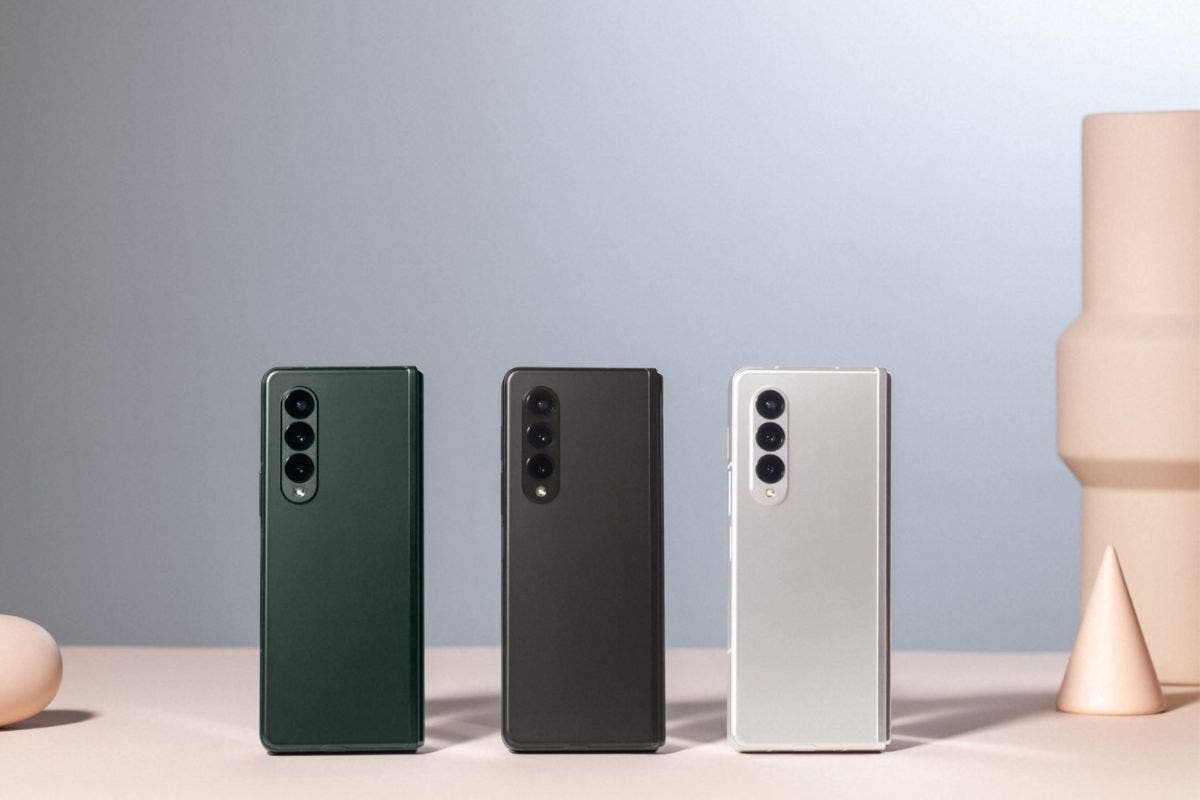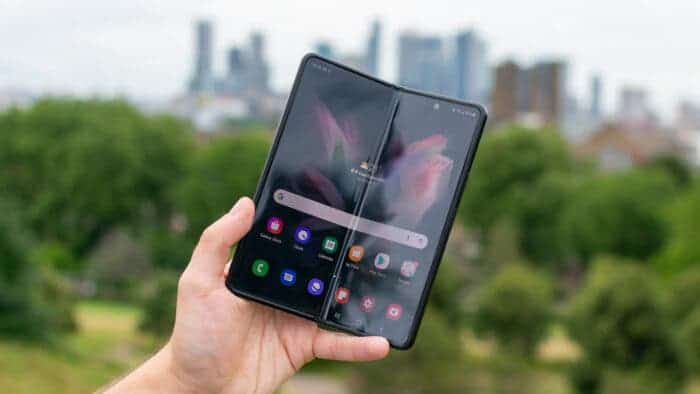We know that the Samsung Galaxy Z Fold 3 and Galaxy Z Flip 3 run Samsung’s latest One UI 3.1.1 based on the Android operating system. Although there is no major upgrade in comparison to the One UI 3.1 version, it introduces some new key functions such as the battery protection function. Previously, only the Galaxy tablets were supporting this feature. And now, it turns out the company has decided to bring this amazing feature to the folding screen smartphones.
You can find this feature in Settings-Device Maintenance-Battery-More Battery Settings. Its purpose is to protect the battery and prevent the battery from charging more than 85%.
Many studies in recent years show that charging a lithium battery to 100% is bad for battery life. And in a long run, it will damage the battery. Say, charging to 100% will put more pressure on the battery, resulting in a shortened battery life. So the battery life of a single charge will be getting worse and worse. The battery protection function sets an 85% limit for charging to ensure that the battery will not be fully charged during charging.

The battery protection function is a new feature of Galaxy smartphones. But as said, it can be found on Galaxy tablets. But the strange thing is that the recent One UI 3.1 (.1) update of the Galaxy S21 does not include this feature. So at the moment, only these two models support the charging protection function. This makes us think that the battery protection function will continue to be unique to Samsung tablets and foldable phones.
On the other hand, depending on the battery material type, Samsung may decide whether to enable this feature or not. Other companies are already changing their strategy concerning the batteries in their products.
Tesla Thinks Of Battery Protection As Well
Recently, Tesla CEO Musk recently stated that he prefers lithium iron phosphate batteries because they can be charged to 100%, while ternary lithium batteries are only recommended to 90%.
Particularly, Elon Musk said that “Tesla is making a long-term shift toward older, cheaper lithium-iron-phosphate (LFP) cells in its energy storage products and some entry-level EVs. The company’s batteries may eventually be roughly two-thirds iron-based and one-third nickel-based across its products. And this is actually good because there’s plenty of iron in the world.”
In fact, such moves may change the entire industry. As you know, currently, China is the biggest manufacturer of lithium batteries. So once the top companies change to other materials, this may modify the production/supply chain as well.




